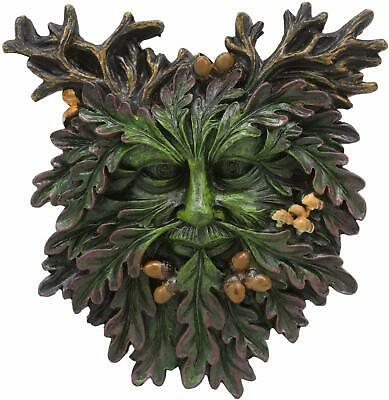-40%
CELTS. Coin
$ 30.62
- Description
- Size Guide
Description
Population nex to the ancient river Betis (Guadalquivir), under the current Alcalá del Rio, very close to Sevilla (Spain). Controlled or allied of the carthaginian State, near took place in the year 206 a. C. the battle between the carthaginians troops of the Asdrubal and the romans of the Scipio African, in the context of the war to control the western Mediterranean. The roman triumph supposed that was integrated in the orbit of the roman State and testimony are monetary emissions during the 2nd and 1a centuries b. C..The currency you see is of the series of ases with roman pattern of the first half of the 2nd century. C. with about 18/19 grams of average. The coinage of the cereal spike is of very good quality, on the contrary that of the fish with a symbol above and the epigraph ILIPENSE (of Ilipa) was less defined, especially the unintelligible gentilicio. Even peripheral fragmentation also indicates a no very well achieved manufacture in its entirety, although it does not affect the spike and fish or the epigraph’s field.
Spike and fish are clearly symbols evidently typical of Ilipa's economy, both can be stored for trade and food, and even beer from that plant. It is a testimony of a celtic mint implemented by the roman State with purposes obviously of aculturization and trade, allowing symbols of local tradition but with inscription already in latín.
Población junto al antiguo río Betis (Guadalquivir), bajo la actual Alcalá del Río, muy cerca de Sevilla (España). Controlada o aliada del Estado cartaginés, cerca tuvo lugar en el año 206 a. C. la batalla entre las tropas del cartaginés Asdrúbal y el romano Escipión el Africano, en el contexto de la guerra por controlar el Mediterráneo occidental. El triunfo romano supuso que Ilipa se integrase en la órbita del Estado romano y testimonio son las emisiones monetarias durante los siglos II y I a. C..
La moneda que ve es de las series de ases con patrón romano durante la primera mitad del siglo II a. C. con unos 18 / 19 gramos de media. La acuñación de la espiga de cereal es de muy buena calidad, por el contrario la del pez con un símbolo sobre él y el epígrafe ILIPENSE (de Ilipa) fue menos definida, sobre todo el ininteligible gentilicio. Incluso la fragmentación periférica indica también una manufactura no muy bien lograda en su totalidad, aunque no afecta ni a los motivos ni al epígrafe.
La espiga de cereal y el pez son motivos evidentemente propios de la economía de Ilipa, ambos se pueden almacenar para comercio y alimentación, e incluso cerveza a partir de dicho vegetal. Es un testimonio de una ceca celta implementada por el Estado romano con fines obviamente de aculturización y comercio, permitiendo motivos de la tradición local pero con la inscripción ya en latín.
32 mm
19,4 gr
——————
[ILIPENS]E
Shipment registered
España 6 €














